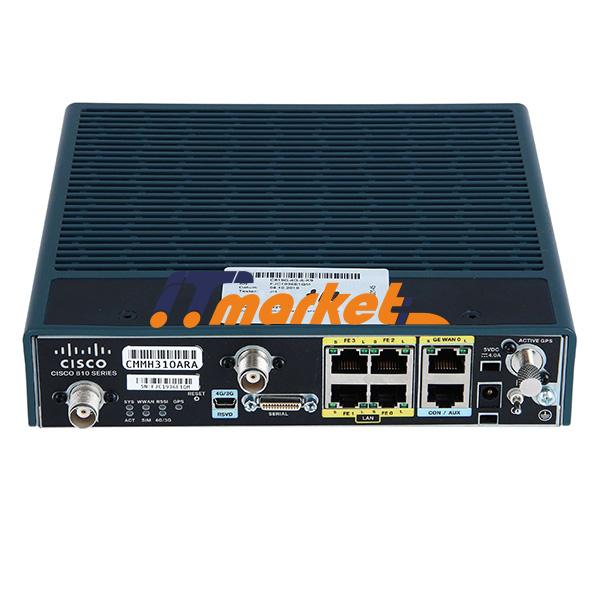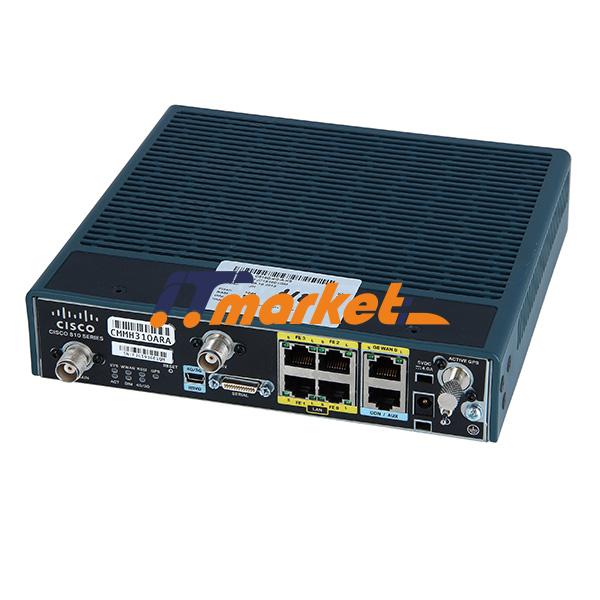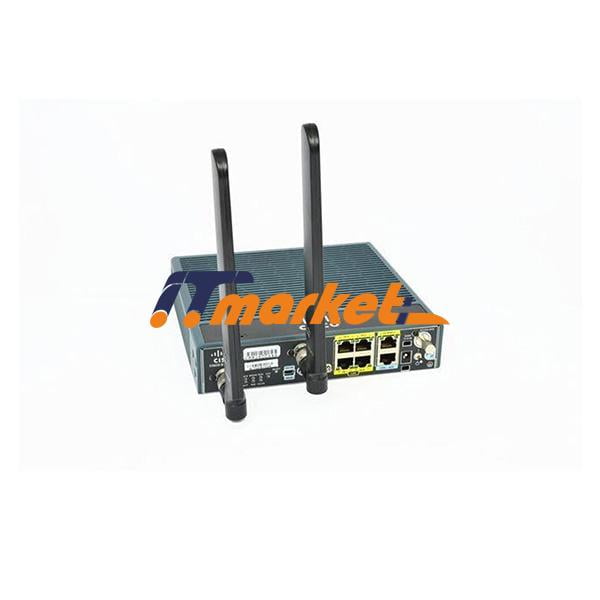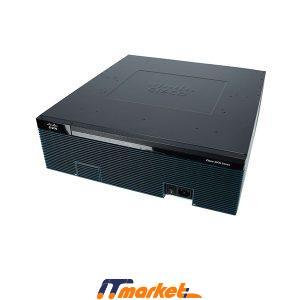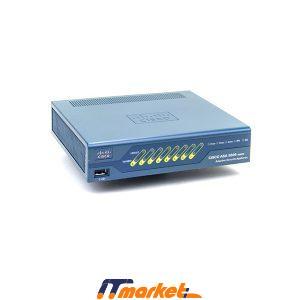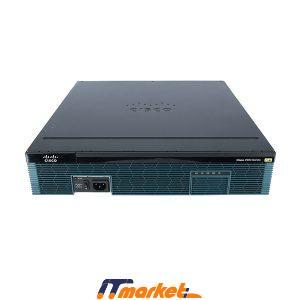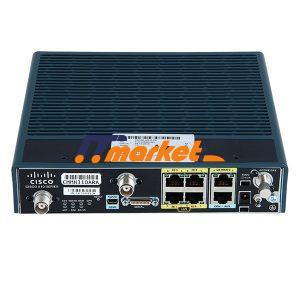Router Cisco C819G-4G-A-K9 4 Port LAN
220.00 ₼
The Cisco 819 4G LTE ISRs support the latest Third-Generation Partnership Project (3GPP) Release 9 Category 3 LTE standards. They provide persistent, reliable LTE connectivity with fallback and transparent handoff to earlier technologies. The following models are available:
3 in stock
CompareDescription
Product Overview
The Cisco 819 4G LTE ISRs support the latest Third-Generation Partnership Project (3GPP) Release 9 Category 3 LTE standards. They provide persistent, reliable LTE connectivity with fallback and transparent handoff to earlier technologies. The following models are available:
● Cisco 4G LTE 819GW 2.5: Multimode LTE 2.5 for carriers that operate FDD LTE 700-MHz (band 28), 800-MHz (band 20), 850-MHz (band 5 CLR), 850-MHz (bands 18 and 19 Low), 900-MHz (band 8), 1500-MHz (band 21), 1800-MHz (band 3), 2100-MHz (band 1), or 2600-MHz (band 7) networks; the multimode 819 4G LTE 2.5 routers are backward-compatible with Universal Mobile Telecommunications Service (UMTS) and Dual Carrier High-Speed Packet Access Plus (DC-HSPA)+: 800 MHz (band 19 Japan), 850 MHz (band 5), 850 MHz (band 6 Japan), 900 MHz (band 8), 1800 MHz (band 9), 2100 MHz (band 1), and TD-SCDMA 39.
◦ Multimode LTE 2.5 for carriers that operate TDD LTE 1900-MHz (band 39), 2300-MHz (band 40), 2500-MHz (band 41), or 2600-MHz (band 38) networks.
◦ Multimode LTE 2.5 for carrier aggregation band combinations: 1+(8,18,19,21); 3+(5,7,19,28); 7+(5,7,28); 19+21, 38+38, 39+39, 40+40, 41+41.
The Cisco 819 4G LTE ISRs include a broad range of enterprise-class features:
● Security services, including firewall, intrusion prevention, VPN, and Cisco ISR Web Security with ScanSafe, which requires no additional hardware or client software. This enables branch offices, manufacturing sites, hospitals, and banks, for example, to intelligently redirect web traffic to the cloud to enforce granular security and acceptable use policies over user web traffic. With this solution, you can deploy market-leading web security quickly and easily to protect branch-office users from web-based threats, such as viruses, while saving bandwidth, money, and resources.
● Cisco WAN optimization system, consisting of Wide Area Application Services (WAAS) Express routers and Wide Area Application Engine (WAEs) that work together to optimize TCP traffic in your network. When client and server applications attempt to communicate with each other, the network intercepts the traffic and acts on behalf of the client application and the destination server.
● Additional WAN options such as serial and Gigabit Ethernet WAN interfaces and a 4-port 10/100 Fast Ethernet managed switch for LAN connectivity. Quality-of-service (QoS) features are included for optimizing voice and video applications.
● Cisco Configuration Professional, a web-based configuration tool that simplifies setup and deployment. Centralized management capabilities give network managers visibility into and control over the network configurations at remote sites.
● 4G LTE WWAN data services. With enhanced data rates and improved latency (30 milliseconds or less), WWAN services are an ideal way to supplement traditional wired-line services. 4G LTE WWAN data services have average data rates well in excess of ISDN speeds, with theoretical limits of 100 Mbps on the downlink and 50 Mbps on the uplink. Actual data speed depends on the service provider’s network. With 4G LTE data rates, the ISRs offer a primary WAN link capable of running comprehensive branch-office services, including voice and video services. The 4G LTE WWAN data services can also be used as a cost-effective alternative in areas where broadband services are either not available or very expensive. Cisco is building on these performance milestones and adding support for wireless to our wide variety of WAN interface alternatives.
● Multiple-PDN (packet data networks): This feature allows configuration of multiple active (Access Point Names) APN so that Internet traffic can be kept separate from the corporate traffic. (Available Q4, 2016)
● 4G LTE multiple-bearer QoS for cellular: The 819 ISRs support 4G LTE multiple-bearer QoS. Detailed information on the bearer is part of the “show” command, SNMP-MIBs. etc. A service provider is required to launch this service. (Available Q4, 2016)
● Multi-VRF for cellular: The 819 ISRs support Multi Virtual Route Forwarding (Multi-VRF) for cellular network. Multi-VRF is a Cisco proprietary implementation over and above the 3GPP spec and requires a Cisco ASR 5000 Packet Gateway (PGW) as the headend at the service provider’s network. A service provider is required to launch this service.
● Enterprise-grade unified communication solutions over LTE: The 819 ISRs support voice and video and can be integrated with Cisco Unified Communications cloud or premises-based infrastructure.
Business Benefits and Application Examples
Businesses are looking for ways to reduce costs, increase revenue, and improve business continuity. The 4G LTE wireless connectivity, which is 10 to 15 times faster and has 5 times lower latency than 3G links, allows a small enterprise branch office or remote office to set up comprehensive media services in a matter of hours, without worrying about availability of broadband services and the need to lay down lines. Wireless carriers offer flexible, usage-based data plans that can be customized to meet the needs and price points of the business customer. As WAN backup alternatives, 3G and 4G LTE wireless offer greater WAN diversity and resiliency because they are independent of the local terrestrial infrastructure. The 819 4G LTE ISRs enable businesses to stay productive during service provider downtime or a network failure.
Ability to Host Networks in Motion
The 819 4G LTE ISRs use standards-based Mobile IP features in Cisco IOS Software to host networks in motion. Transitions to different wireless networks are transparent to the users and devices (such as laptops, smart devices, and surveillance cameras), and applications maintain continuous connectivity without the user’s manual intervention as WAN links change. In addition to allowing a single node or device to stay connected, the 819 4G LTE ISRs allow an entire mobile network or subnet to stay connected. The dual-radio WLAN on the 819 can serve as both a client and an access point.

